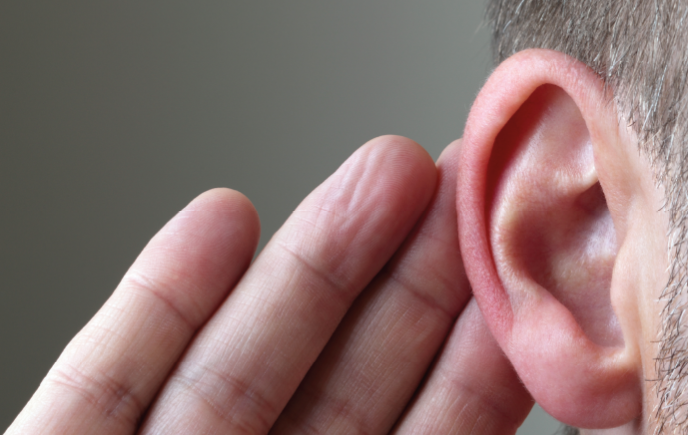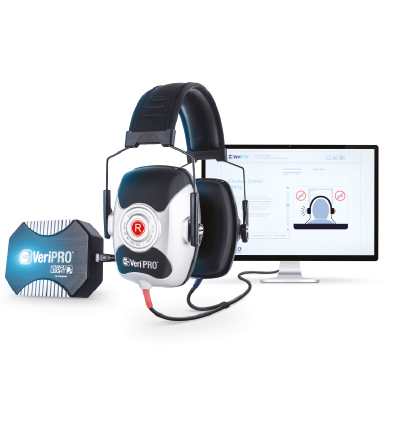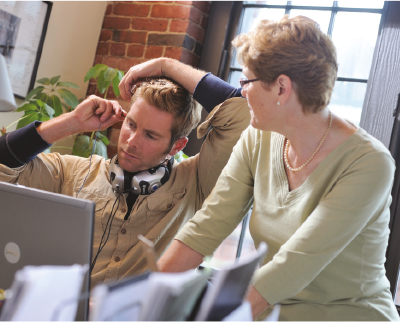Full steam ahead - Scottish distillery with Grundfos
There’s steam and there’s high-quality steam. There are pump solutions and intelligent pump solution...
If you're an employer, you're no doubt already aware of the re-categorisation of Noise-Induced Hearings Loss (NIHL) by the HSE. The change in status from Category 2 to 3 puts NIHL on a par with - for example - falling from height, as a potentially life-changing risk. However, there's much you can do to provide more effective protection, and - where hearing-loss risk is concerned - to change your employees' lives for the better instead.

A fall from height is not something you would miss. NIHL however can go unnoticed for some time. It’s progressive, but also irreversible. That’s why it has now been recategorised, and why employers need to be sure they’re taking all the right steps to prevent it happening to their employees. As a responsible employer, that’s something you’d want to do anyway. But it’s also worth noting that there is the possibility of employees making claims against their employer many years after their progressive NIHL first began.
A knee-jerk reaction might be simply to hand out more earplugs or other hearing PPE. However that’s not going to go far enough to meet your obligations as an employer, and there’s far more you can – and should – be doing.

A worker involved in a recent hearing protection-related survey by INSPEC International Limited (UK) commented that: “I learned I’ve been using my earplugs wrong my whole career”!
That’s why proper individual fit-testing and training is so important.
The Single Number Rating for hearing PPE is an estimated protection level derived from laboratory testing. But your employees’ ears are not laboratories, and the actual level of hearing protection achieved may be nothing like that promised by the product packaging.

Simply providing PPE is no guarantee of adequate protection. It not only has to fit properly, but also has to be used correctly to be effective.
The VeriPRO® fit-test system from Howard Leight by Honeywell, for example, measures real-world attenuation using unmodified earplugs, and provides accurate, easy-to-understand results in minutes, as well as ensuring you fulfil the regulatory requirements to “ensure proper initial fitting” of hearing protectors.

When it’s a colleague telling you something important. When it’s a phone ringing. When it’s a fire alarm or a forklift truck horn. These are all things it’s vital for workers to be able to hear, even when their hearing is protected from other damaging noises in their working environment.
The feeling of isolation which some hearing PPE can create is one reason why some employees won’t wear hearing protection, even when it’s provided. Or if they do, when they need to hold a conversation or take a phone call they remove it temporarily – which may be long enough for NIHL damage to be done.
Fortunately, there are now solutions available from manufacturers such as Honeywell, which not only provide protection but also allow for sounds that wearers need to hear to filter through.

For example, the Honeywell Howard Leight™ Impact® Pro Industrial Earmuff incorporates strategically placed directional stereo microphones. These amplify ambient sounds such as alarms, signals and conversations, but suppress loud impact noises down to a safe level.

Choosing and supplying the most cost-effective hearing PPE for the environment. Ensuring it fits properly. Providing training in its correct use. Together, these can be life-changing for your employees. In a good way.
One-on-one ear
A study using the VeriPRO® earplug fit-test system from Howard Leight by Honeywell asked 100 noise-exposed workers across eight companies to fit the earplug they typically wore, in the way they always did. The results clearly show the importance of one-to-one training in correct earplug fitting:
Subsequent interviews with the users revealed that the only consistent factor in predeicting a good fit and high attenuation was one-on-one training.
Get the latest updates from ERIKS including:
Choose any or all of these via the ERIKS Subscription Centre!
Our Know+How brings together the best of the latest Know+How Hub articles in one easy to digest magazine, covering the following topics:
That's why its the leading magazine for maintenance engineers from ERIKS.
Want Know+How Magazine delivered direct to your door? Visit the ERIKS Subscription Centre to opt-in!
Take a look at our latest updates...
There’s steam and there’s high-quality steam. There are pump solutions and intelligent pump solution...
Looking for a custom Product quote? Need an answer to a Technical question? Looking for Careers/HR support? Want to work with us? Interested in our Digital Trading solutions? Have a finance question? Send us your enquiry and a member of the ERIKS team will be with you quickly.
We strive to deliver exceptional quality service and products. As part of this goal, we encourage customers to submit feedback on their experiences so we can resolve any issues and concerns.
At ERIKS we strive to deliver the best quality service and products. As part of this goal we encourage customers to submit feedback on their experiences so we can resolve any issues and concerns.
Call us: +441215086000
